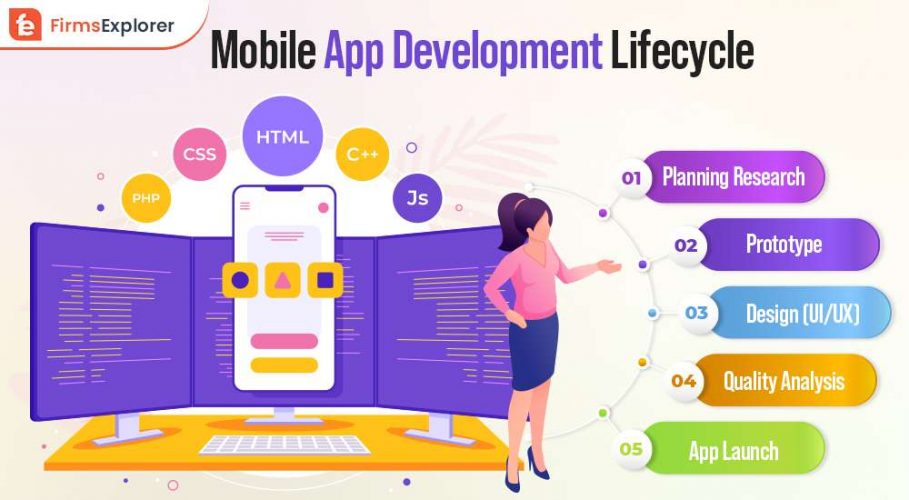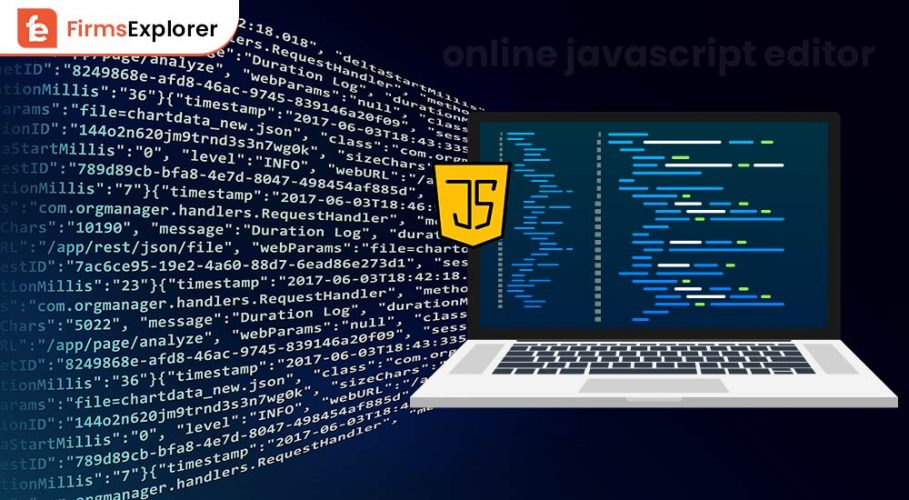
A Mobile App Development Lifecycle represents the phases that a software development undergoes. Take any top mobile app development company, you will find the architecture straight out of innovative ideas, robust performance and updates and above all- convenience for users. So if you are willing to understand an android or iOS app development lifecycle, this one is an article for you to read on.
Mobile technology has only burgeoned over years and has led many ways for software development to flourish. Take a look at the app development lifecycle we’ve mentioned here and you will be able to understand the to-dos along with the challenges that await you ahead.
As you indulge in a mobile app development process, researching what weighs more profits and planning on how to take it to the floor is what sets the foundation for mobile application development lifecycle. To begin with app development, you have to take the first step by researching about the current requirements and the competitions that come along with them. You must lead a proper market research on the current standing of an idea which you are considering to make an app out of. In order to enlighten yourself with healthy decisions, you can follow these checkpoints:
While ruminating on these questions, you will be able to visualise your goal and it will be easy for you to map the planning. You should put your focus on the target audience and make it user-friendly which will help you strategize and follow the next phases of the mobile app development lifecycle accordingly.
Now that you have developed insights on what your app is going to offer and who will be the target audience, the next step in the life cycle of mobile app development is to plan the methods and measures to breathe life into your app. Now you may grab your notepad and start writing down everything that needs to be implemented in the process as well as the loopholes and the ways to deal with them.
If you are struggling to gain clarity on this, then you may just want to seek your target audience in order to calculate and enhance the probability of leading a comprehensive mobile application development life cycle model as it will pave a way for you to acknowledge more risks and you will be able to create measures to combat them.
Prototyping your app is as crucial as any other aspect of mobile app development. Whether you are going to indulge in an iOS or an android mobile app development life cycle, you need to ensure the technical feasibility of your app in order to start designing the app. Every platform like Android, iOS etc. has different sets of specifications which you can inculcate properly in order to take your call. You should make sure that the backend system is compatible with the operations of your app as it will save your time while designing the app. So, here’s what you should ensure in order to make your app a big hit:
Once you have mapped the tech specs of your app, you may come to the design part now. This process is an important part in the process of prototyping. User interface and user experience are super important players in the life cycle of mobile app development. If you want to evaluate the success of your plan, you can determine it by checking up on the UI and UX of your app.
User Interface (UI): User Interface brings functions that allow users to interact with your app, be it the screen that appears as they open your app or the button. It is basically a mode of communication between your app and the user.
While designing the app, you should perfect the UI by checking up on the standards of your target users. It includes graphics, color schemes, fonts, keyboard and categories. Whether yours is a utility app or the informative one, using the correct interface accordingly matters.
User Experience (UX): User Experiences features functionality, accessibility and usability of your app. While developing an app, you should look into the UX as it allows you to determine the perfection of operations in your app.
Once you are done planning and designing your app, it is essential for you to do a test. If you want to save your time and cost, you should test your app as early and often as possible. Doing it will not only save you from added expenses but also fetch your app sooner. As you test your app often and at early stages of the app development life cycle, you become able to find the bugs easily and thus, you can fix them right away. Whether you are into an android mobile app development life cycle or the iOS one, it is crucial to analyze the whereabouts of your app first thing as the process nears the completion. You should test your app on the basis of:
You can enroll your app for a beta trial which will help you receive the feedback from beta users and allow you to check if all the functions of your app are doing well.
And it’s time to unveil it. Now that your app is tested and ready to service its features to the users, you should find a day and plan a formal launch for your app. Policies and guidelines differ in an iOS app development life cycle and Android mobile app development life cycle which you should keep a check on to avoid any skip.
It never ends. Once your app has hit the stores, you will be poured with tons of reviews and there will be a lot of rooms of opportunities being lit on. Remember to keep up with constant updates in order to avoid the boredom of outdated versions and fix bugs. Reviews and responses will do the magic if you let them. And as for the rest, consistency is the key. All the best.

June 14, 2022
Deprecated: File Theme without comments.php is deprecated since version 3.0.0 with no alternative available. Please include a comments.php template in your theme. in /home/firmsexplorer/public_html/wp-includes/functions.php on line 5613